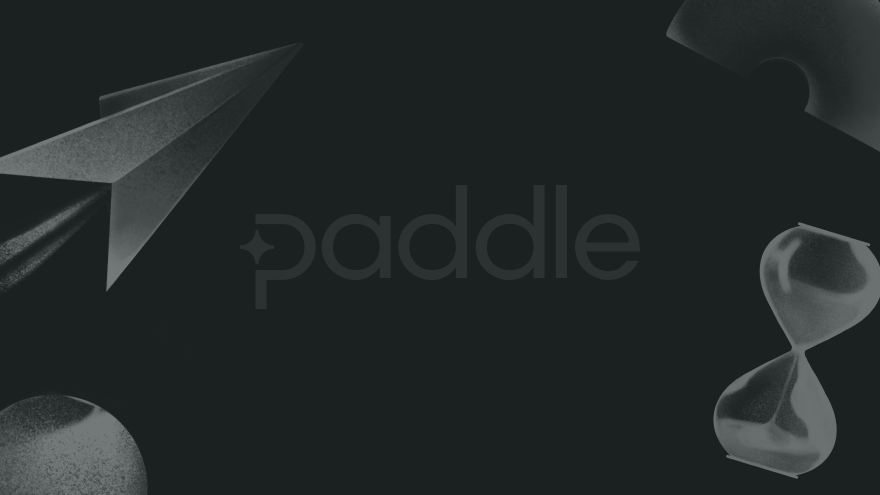Psychological pricing is used by stores to get you to open up your wallet.
Have you been out shopping, and when you finally walked out of the store realised that you had just exceeded your budget? You may have fallen into psychological pricing traps; it’s very easily done.
Through various pricing strategies, stores are specifically designed to encourage you to spend more than you intend.
The techniques that retail stores use can also be very effective when applied to pricing in other industries. Let’s dive deeper into four of the most popular psychological pricing example strategies that you can use to help increase your sales and, hopefully, avoid overspending at the mall ever again.
Wholesaler Costco expertly uses Psychological Pricing. Check out this video about how they do so with their $1.50 hot dog deal, originally created for Paddle Studios:
What is psychological pricing?
Psychological pricing, as a phrase on its own, describes the business practice of setting prices lower than a whole number. The idea behind reducing the left most digit is that customers will read the slightly lowered price and treat it as much lower. An example of psychological pricing is an item priced at $3.99 is conveyed by the consumer as 3 dollars and not 4 dollars, treating $3.99 as a much lower price than $4.00.
This is a psychological pricing definition, sometimes called Charm Pricing. There are also psychological pricing strategies that are designed to encourage customers to purchase more products or pay higher prices.
4 psychological pricing strategies
Psychological pricing techniques come in many forms. Here are four examples of psychological pricing with advantages and disadvantages:
1. Artificial time constraints
If you’ve been to any retail establishment in the past few months, we can almost guarantee that you've seen a sales sign depicting "one day only sale!" or everything "50% off!!" There always seems to be urgency around these 'short-term' sales, which actually can happen every weekend.
The secret is that the sales will always be there. If you don’t believe us, just look at how well JCPenny performed when they took them away. A psychological pricing disadvantage is that if you use this strategy all the time, then your sales never have as much impact, and the perceived price of your products is lower.

These “One Day Only” signs are known as artificial time constraints. Stores place these restrictions on their sales because they act as catalysts for consumers to spend. If potential customers believe that the sales are only temporary, they’re more likely to make their purchases today rather than next week.
Consumers are afraid of missing out on such an obvious deal, so they make the purchase to avoid this potential feeling of regret. They can also feel peer pressured to buy after seeing all of their fellow shoppers take advantage of this bargain.
There's great power in creating artificial demand. You can take advantage of this psychological fear when you’re selling your own products, from shoes to enterprise software. Reverse the sales paradigm by branding your product as an exclusive, must-have item, and convince potential customers to sell you on why they’re a good fit for your product or service.
Channel your inner high school dating strategy and play hard to get. Then you'll create both urgency and fear in your prospects that they’re missing out, not only on the next big product or trend but at a great price.
Be careful with this new price, and thoroughly consider your discount pricing strategy. There are pros and cons to psychological pricing and you want to make sure this lever reinforces, not deteriorates, your brand.
2. Charm pricing
Charm pricing is the official (read fancy) name for all those 9’s that you see at the end of prices, often referred to as psychological pricing. Studies by researchers at MIT and the University of Chicago have proven that prices ending in 9 create increased customer demand for products.
This psychological phenomena is driven by the fact that we read from left to right. When we encounter a product at $1.99, we see the 1 first and perceive the price to be closer to $1 than $2. Essentially, ending your price in a 9 convinces customers that you’re offering a great deal. Feel free to take advantage of this principle in your pricing; if your price is $100, try reducing it to $99 and see if there is a difference in your sales.
NOTE: This is different from A/B testing to find your pricing, as you already know your optimal price point and are using A/B testing to find the optimal design of your pricing page.

A disadvantage of psychological pricing is that the prevalence of charm pricing has created the opposite effect as well. Whilst prices ending in 9 connote “value”, prices ending in 0 now connote “prestige”. If you’re selling luxury goods, like diamond rings, end your price with a 0. This will give your customers the impression they’re paying for something that is high quality.
For a great example of a company taking advantage of psychological pricing, look at most of Gilt Groupe's flash sales - all of the 'before' prices end in 0s or 5s, while the discounted prices will end in 7s, 8s, and 9s.
3. Innumeracy
Which do you think is a better deal? “Buy one get one free” or “50% off any two items?” According to a study done by research led by Akshay Rao at the University of Minnesota, most people would prefer the first option, even though the two options are identical (buying two items at 50% off is the same as paying full price for one and getting the second free).

This phenomenon is known as innumeracy, where consumers cannot recognize or understand fundamental mathematical principles as they apply to everyday life. (Those high school math classes are returning to haunt you now.) Other ways innumeracy appears in pricing include double discounting, coupon design, and percentage pumping.
4. Price appearance
The design of your prices can also have a tremendous impact on how customers perceive the value of your product. Next time you visit an expensive restaurant, look at how they format their prices. The typeface will likely be reduced in size, and the numbers will not be followed by extra zeroes, for example, “19” instead of “$19.00”.
There are great reasons for this type of design. Consumers perceive prices that are longer in length to be more costly than those that are shorter, even if the numerical value is the same. This is because, subconsciously, the longer prices take more time to read.
This effect is compounded by using a “$” sign for prices. Not only does it make the price longer, but it also firmly relates the number to consumers’ wallets, exacerbating the pain of parting with their hard-earned cash. Similarly, prices with more syllables appear more expensive because consumers pronounce prices in their heads, and it takes longer to recite extended numbers.
This is an easy tactic to employ for your pricing as well. Try omitting the dollar signs from your prices, and if the price is a whole number, drop the “.00”. For those aiming to implement this alongside charm pricing, making the ".99" appear less prominent by using a smaller font size may be beneficial.
Remember, these tactics are the last inch, not the whole foot
With a psychological pricing strategy, you can provide a psychological impact that delivers a sense of urgency. You can change the perception of your pricing by adding an odd number, anchor prices, and a handful of other tactics. The most important part about this is that you must convey the value of your product.
Your price is how you convey your value to your customers, and this communication hinges on your customers’ perceptions of your pricing, which you must measure using science, not your gut instinct. No amount of these psychological tips and tricks will make up for improperly set prices in the first place.
Also, remember that the decision to use these strategies is up to you. Some may see these techniques as taking advantage of consumers’ inherent mathematical and psychological weaknesses, while others may find them to be an essential part of everyday business.
Regardless, be transparent and open with your customers. The worst thing you can do is leave your customers feeling tricked after purchase. The outcome of unsatisfied customers is that not only will they stay away from your business, but they will likely spread negative word of mouth and leave poor reviews. All of that being said, look for these tactics being used on you as you venture out into the consumer world, don't be fooled, and happy pricing!



